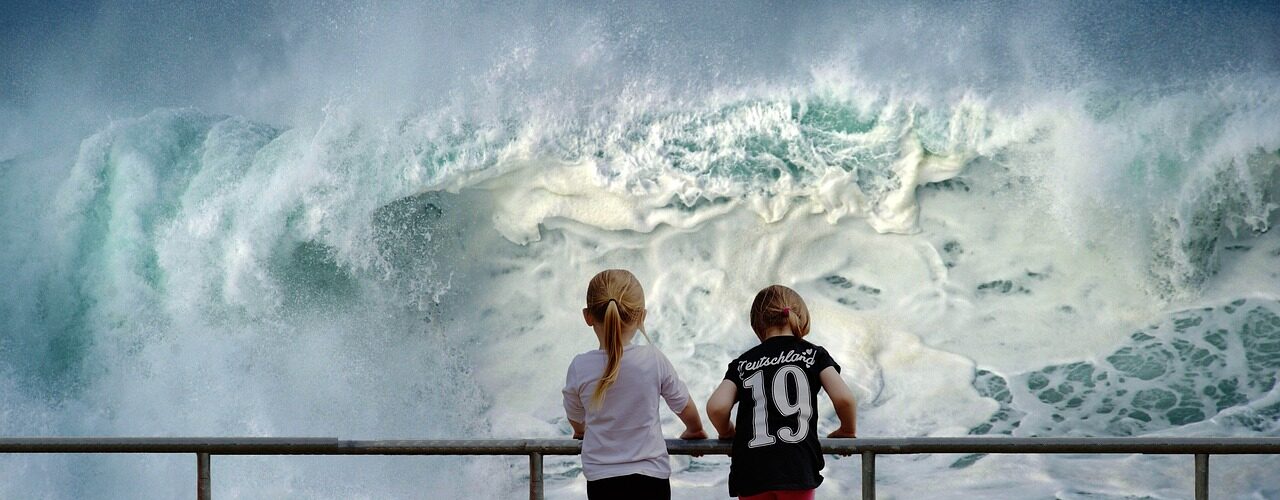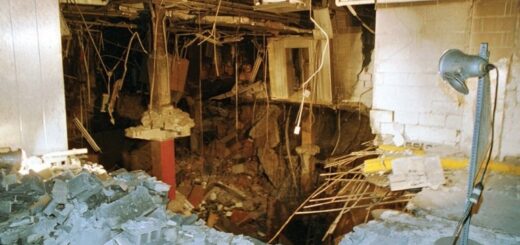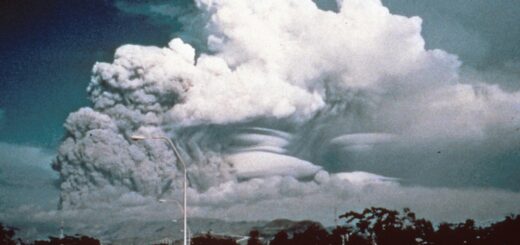Why Japan Faces Earthquakes and Tsunamis and How It Deals

Japan’s geographical location along the Pacific Ring of Fire exposes it to frequent seismic activity, resulting in earthquakes and potential tsunamis. The region’s tectonic plate movements create a hotspot for such natural disasters.
Dealing with Earthquakes
Japan has invested heavily in earthquake-resistant infrastructure. Their buildings are engineered using innovative methods such as base isolation, which helps mitigate the impact of tremors. Additionally, the country employs cutting-edge technology to provide early warnings, offering precious seconds for evacuation and safety measures.
Managing Tsunamis
When earthquakes strike under the ocean, they can trigger tsunamis. To combat this, Japan has developed coastal defenses, including seawalls and floodgates. Moreover, they have established comprehensive evacuation plans and regularly conduct drills to prepare coastal communities for such emergencies.
Response and Recovery
Post-disaster, Japan’s coordinated response involves various agencies, from local authorities to the Self-Defense Forces. They swiftly provide aid, evacuate affected areas, and restore essential services. This efficient and well-organized approach minimizes the impact and facilitates quicker recovery.
International Collaboration
Japan actively shares its knowledge and technology internationally. Collaborating with other nations prone to similar disasters, they contribute expertise and resources, enhancing global preparedness and resilience.
Overall, Japan’s approach to handling earthquakes and tsunamis blends technological advancements, strategic planning, and community preparedness, positioning the country as a global leader in disaster management.








